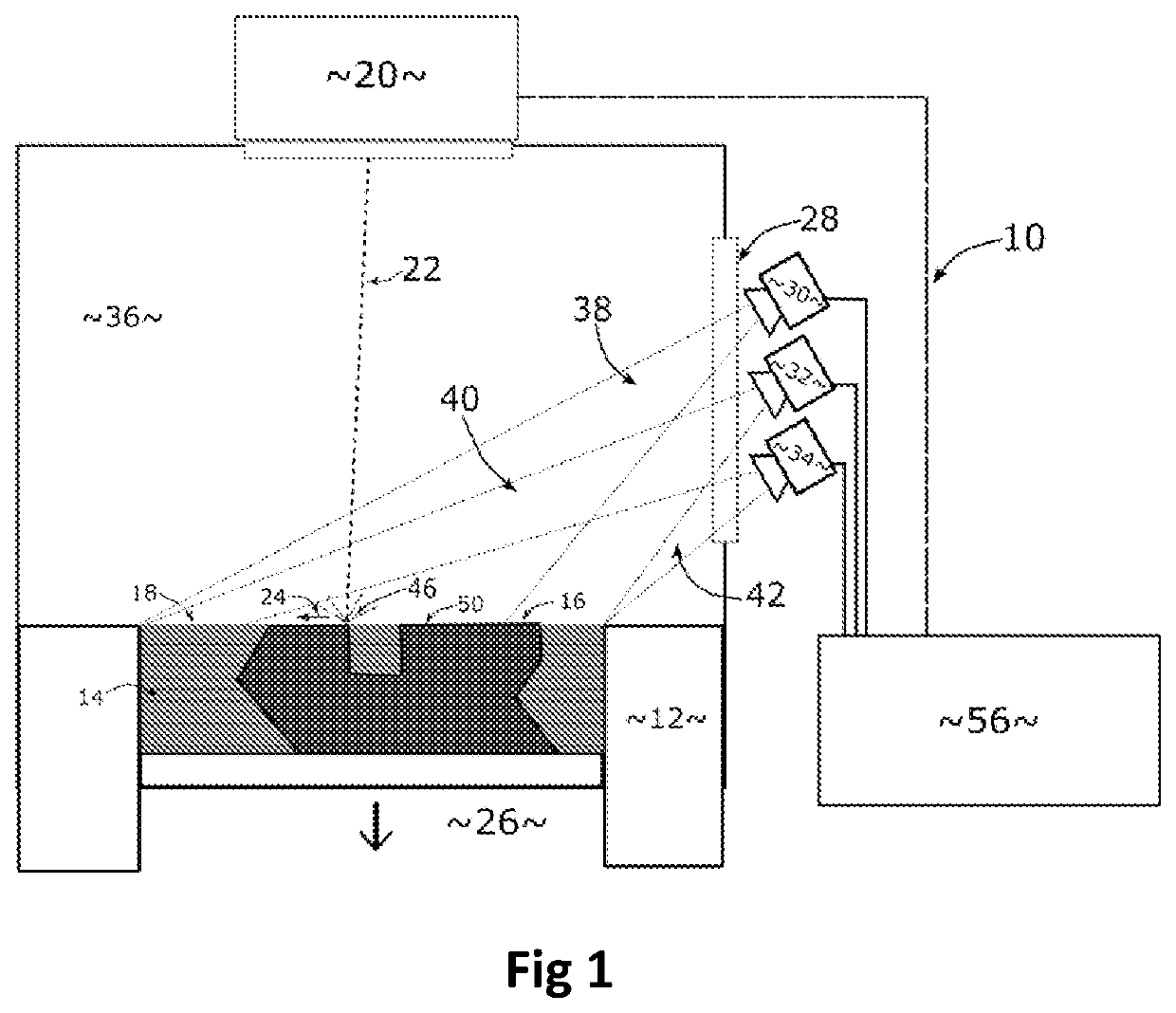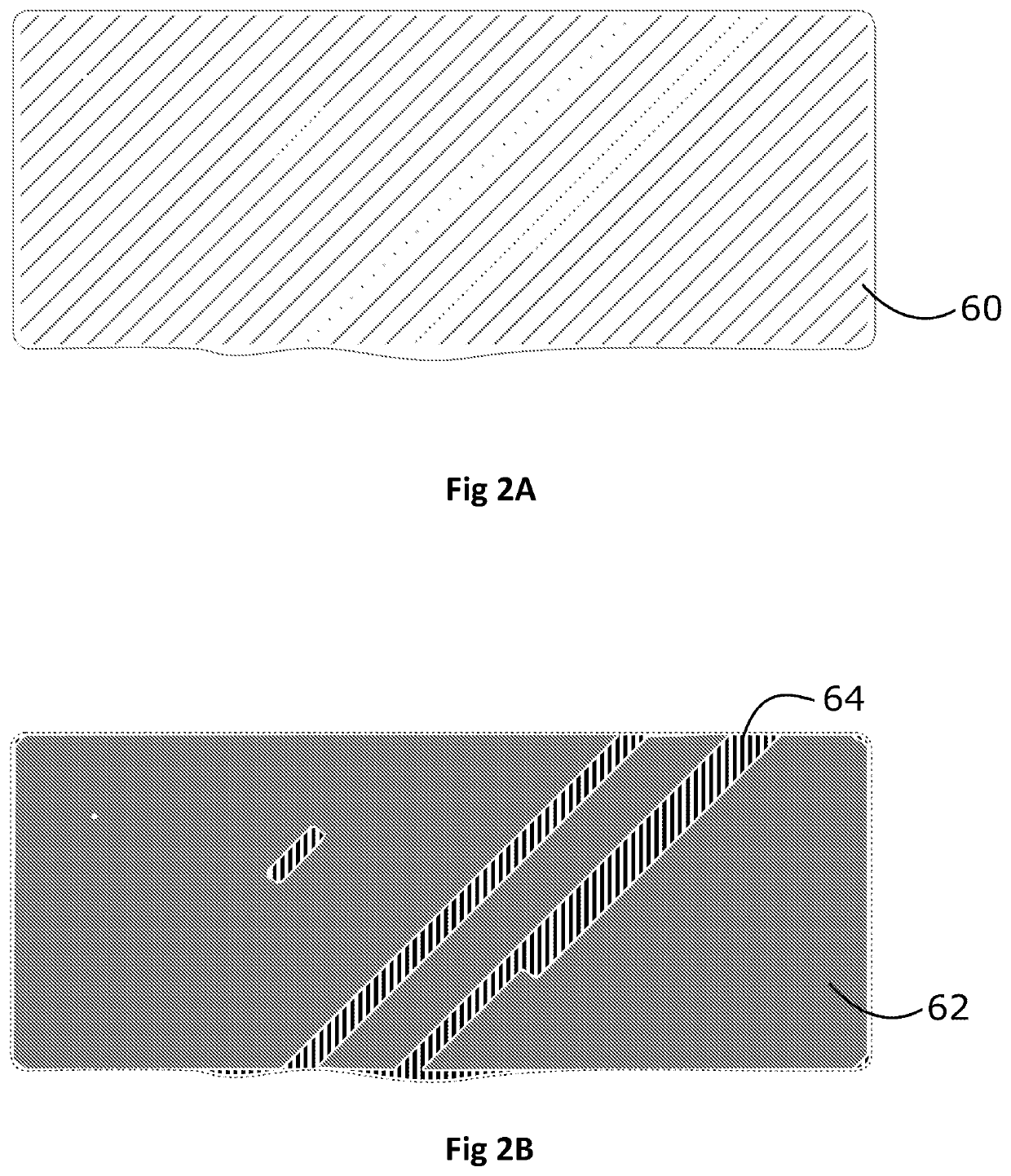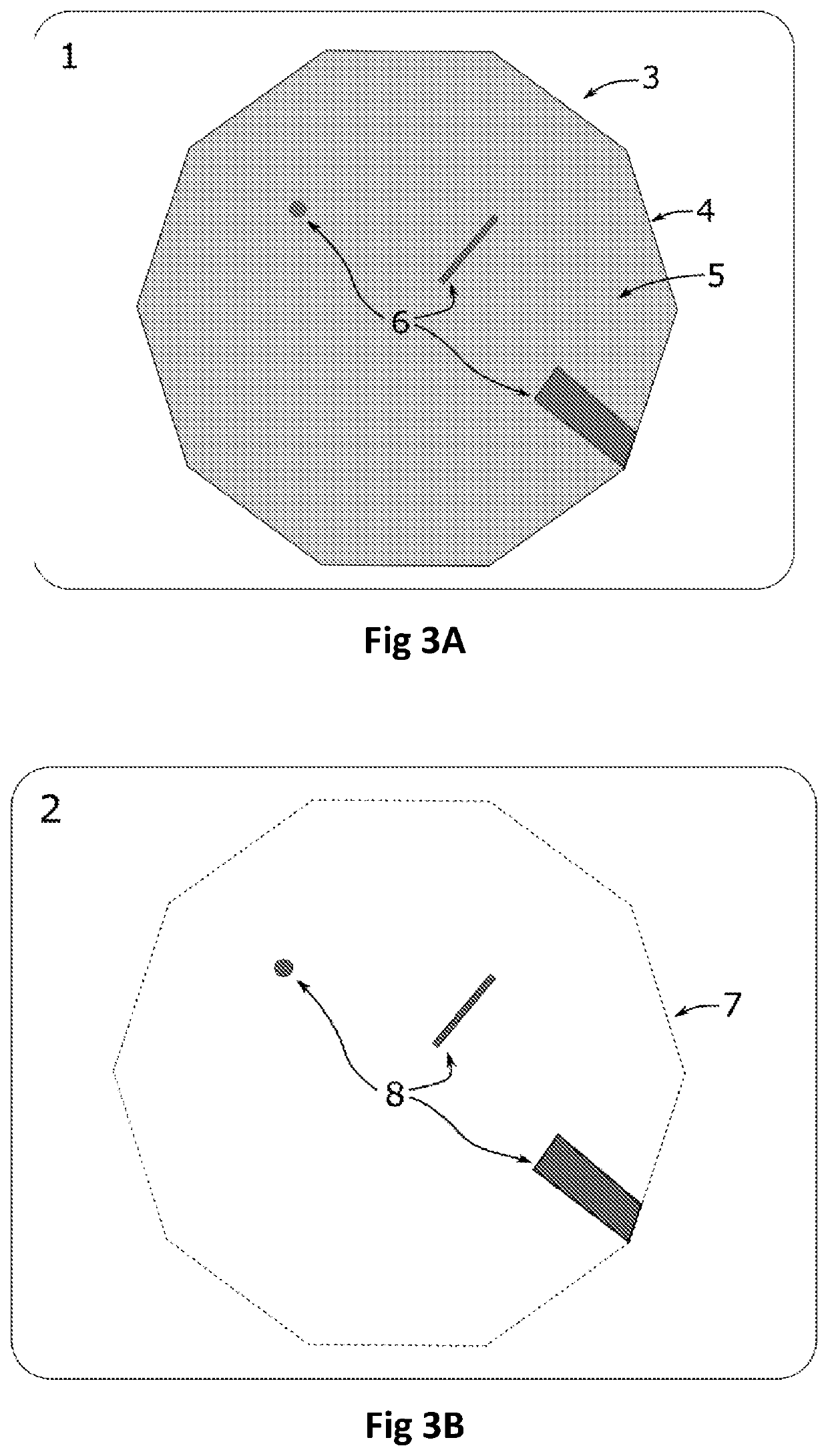Method and System for Quality Assurance and Control of Additive Manufacturing Process
a technology of additive manufacturing and quality assurance, applied in the field of additive manufacturing of three-dimensional objects, can solve the problems of reducing reducing processing times, and requiring far less processing power for real-time feedback control of the fabrication process, so as to reduce the amount of data processing, reduce processing times, and less processing power
- Summary
- Abstract
- Description
- Claims
- Application Information
AI Technical Summary
Benefits of technology
Problems solved by technology
Method used
Image
Examples
Embodiment Construction
lass="d_n">[0074]Referring to FIG. 1, the selective laser melting system 10 progressively builds a three dimensional component 16 layer by layer from solidifying selected areas of powder material sequentially deposited in layers 14 movable build platform 12 within a build chamber 36. Build chamber 36 has a viewing window 28 (typically a semitransparent laser safe window) for safely observing the build process.
[0075]The top most layer 18 of powdered material is exposed to a laser beam 22 from a scanning laser head 20. A laser beam 22 scans across the powder layer 18 in the direction indicated by arrow 24 in a predetermined raster pattern. A laser melt pool 46 forms where the laser beam 22 is incident with the powdered material. The melt pool 46 travels with the laser beam 22 as it scans through the raster pattern leaving behind melted material to cool and solidify. Once the predetermined raster pattern has been completed, a fresh layer of powdered material is deposited as the floor 2...
PUM
| Property | Measurement | Unit |
|---|---|---|
| wavelength | aaaaa | aaaaa |
| wavelengths | aaaaa | aaaaa |
| diameter | aaaaa | aaaaa |
Abstract
Description
Claims
Application Information
 Login to View More
Login to View More - R&D
- Intellectual Property
- Life Sciences
- Materials
- Tech Scout
- Unparalleled Data Quality
- Higher Quality Content
- 60% Fewer Hallucinations
Browse by: Latest US Patents, China's latest patents, Technical Efficacy Thesaurus, Application Domain, Technology Topic, Popular Technical Reports.
© 2025 PatSnap. All rights reserved.Legal|Privacy policy|Modern Slavery Act Transparency Statement|Sitemap|About US| Contact US: help@patsnap.com



